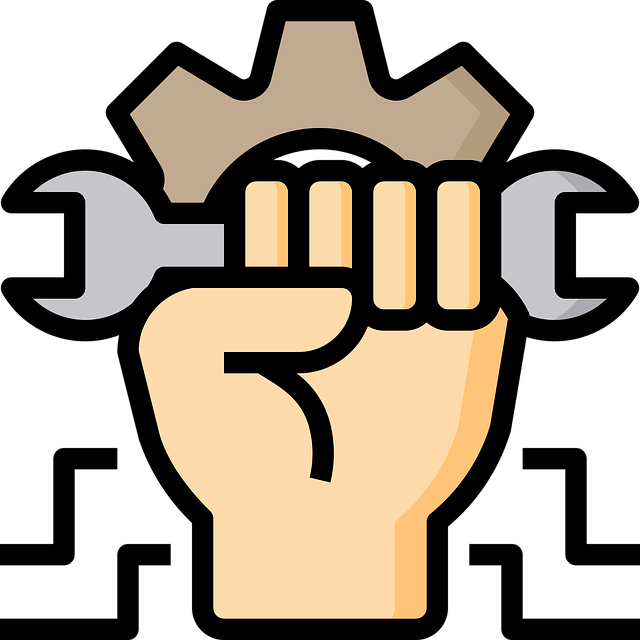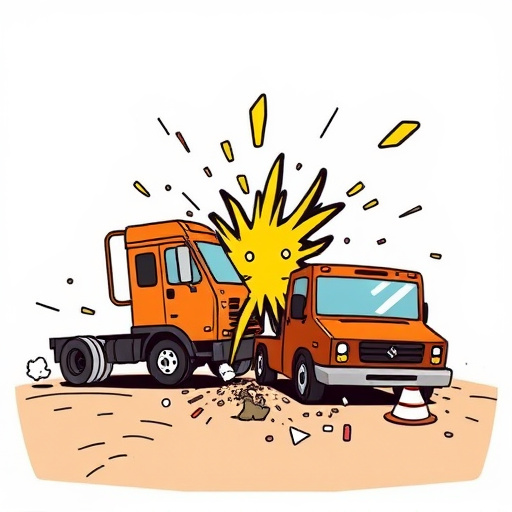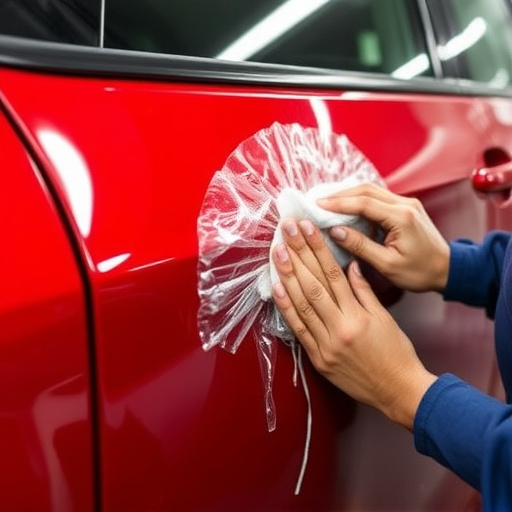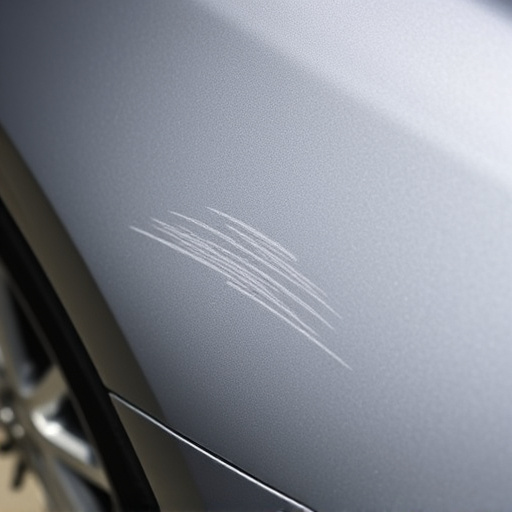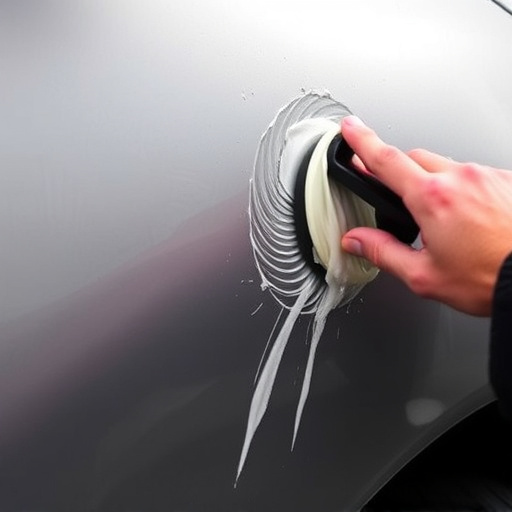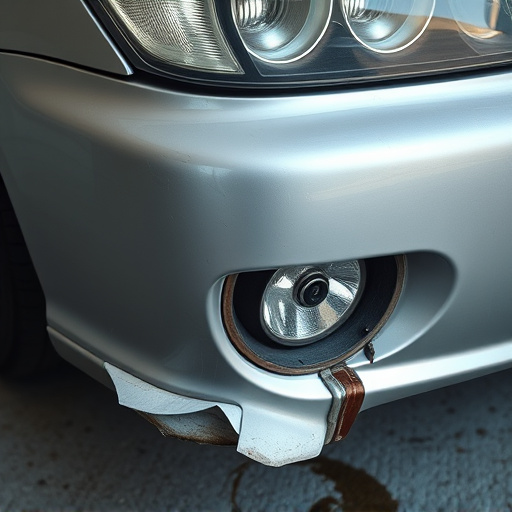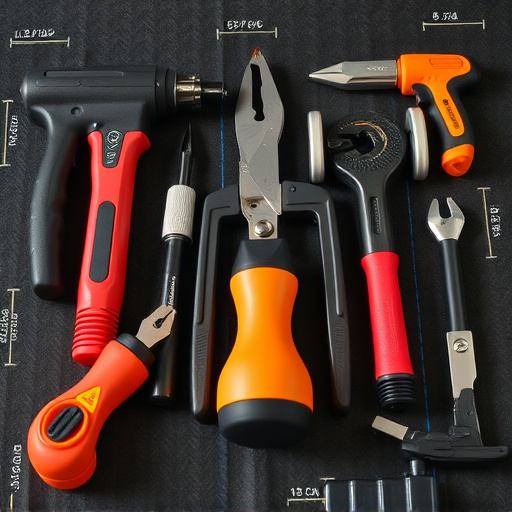Dashboard repair collision cases require skilled technicians to meticulously restore intricate front-end damage, including safety features and aesthetic alignment. Efficient case management through structured processes, digital tools, and clear communication channels optimizes workflow, reduces turnaround time, enhances customer satisfaction, and fosters trust in auto restoration services. Regular updates, transparent cost estimates, and prompt notifications streamline resolution, contributing to faster claim settlements.
In the realm of automotive claims, dashboard repair collision cases stand out for their complexity. This article offers strategic insights to navigate these intricate scenarios effectively. We’ll explore key aspects such as understanding the unique challenges posed by dashboard repairs, implementing efficient case management techniques, and optimizing communication throughout the resolution process. By adopting these proven strategies, professionals can enhance client satisfaction and streamline the overall handling of dashboard repair collision cases.
- Understanding Dashboard Repair Collision Cases
- Efficient Case Management Strategies
- Streamlining Communication and Resolution
Understanding Dashboard Repair Collision Cases
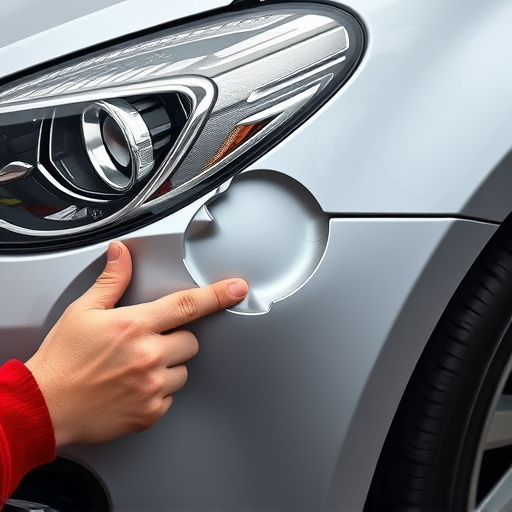
Dashboard repair collision cases are a specialized segment within the broader field of automotive restoration and car body repair. These incidents often involve significant damage to the vehicle’s front end, particularly the dashboard, which is not only an essential component for safety features but also a central element in defining the overall aesthetic appeal of a car. Understanding these cases requires a nuanced approach that goes beyond basic collision repair techniques.
The complexity arises from the integration of various components within the dashboard—airbags, sensors, displays, and more—that must be carefully handled during the restoration process. Skilled technicians need to assess each piece for functionality and structural integrity while also ensuring precise alignment and aesthetics match the vehicle’s original specifications. This meticulous attention to detail is crucial in achieving a seamless fusion of form and function, making dashboard repair collision cases both challenging and rewarding for automotive restoration professionals.
Efficient Case Management Strategies
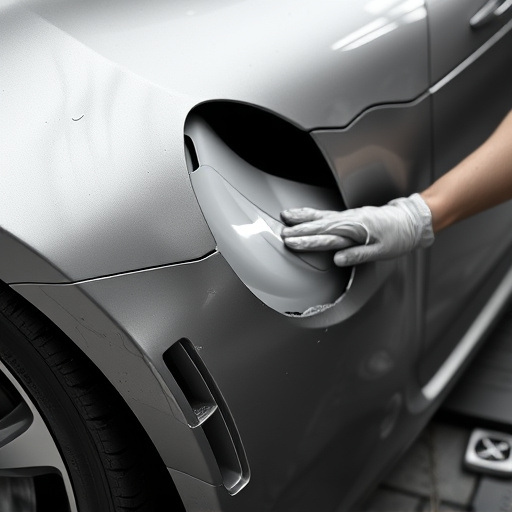
Efficient case management is pivotal for successful dashboard repair collision cases. Implementing structured processes ensures every step from initial assessment to final vehicle restoration is handled promptly and accurately. This involves establishing clear protocols for documenting damage, prioritizing repairs, and coordinating with specialized auto maintenance teams, especially those skilled in frame straightening. Digital tools, like robust case management software, can streamline these procedures by providing real-time updates, tracking progress, and facilitating seamless communication among stakeholders.
By adopting these strategies, collision centers can optimize their workflow, reduce turnaround times, and elevate customer satisfaction. Efficient case management not only ensures that vehicles are restored to pre-accident condition through meticulous vehicle restoration techniques but also cultivates trust and loyalty among clients who value timely and reliable service, ultimately bolstering the reputation of the collision center in a competitive market.
Streamlining Communication and Resolution
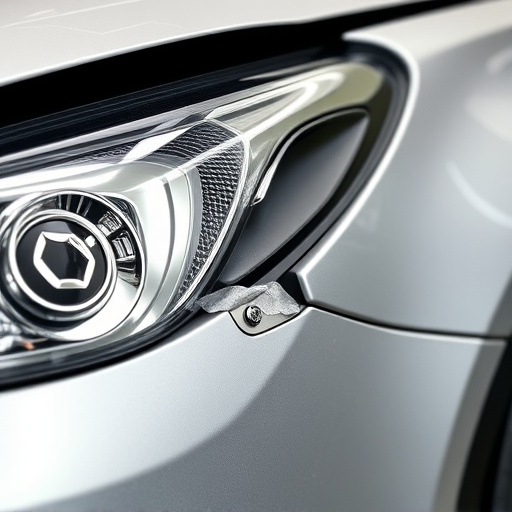
Efficient communication is key to managing dashboard repair collision cases swiftly and effectively. Establishing clear channels of communication between insurance providers, auto body shops, and customers can significantly streamline the resolution process. This includes regular updates on the status of repairs, transparent cost estimates, and prompt notifications when work is completed. Digital platforms and specialized software designed for these cases can facilitate this by centralizing information and enabling real-time tracking.
By integrating these tools, stakeholders can collaborate seamlessly, reducing miscommunication and delays. Moreover, providing customers with a clear understanding of the repairs needed, their costs, and expected timelines fosters trust and satisfaction. This approach not only enhances customer experience but also contributes to faster claim settlements, making it an indispensable strategy in managing complex dashboard repair collision cases efficiently.
Dashboard repair collision cases require a structured approach for efficient management. By understanding the complexities of these cases, implementing streamlined communication channels, and adopting best practices in case resolution, legal professionals can effectively navigate this challenging landscape. These strategies not only enhance client satisfaction but also ensure timely and cost-effective dashboard repair processes.

